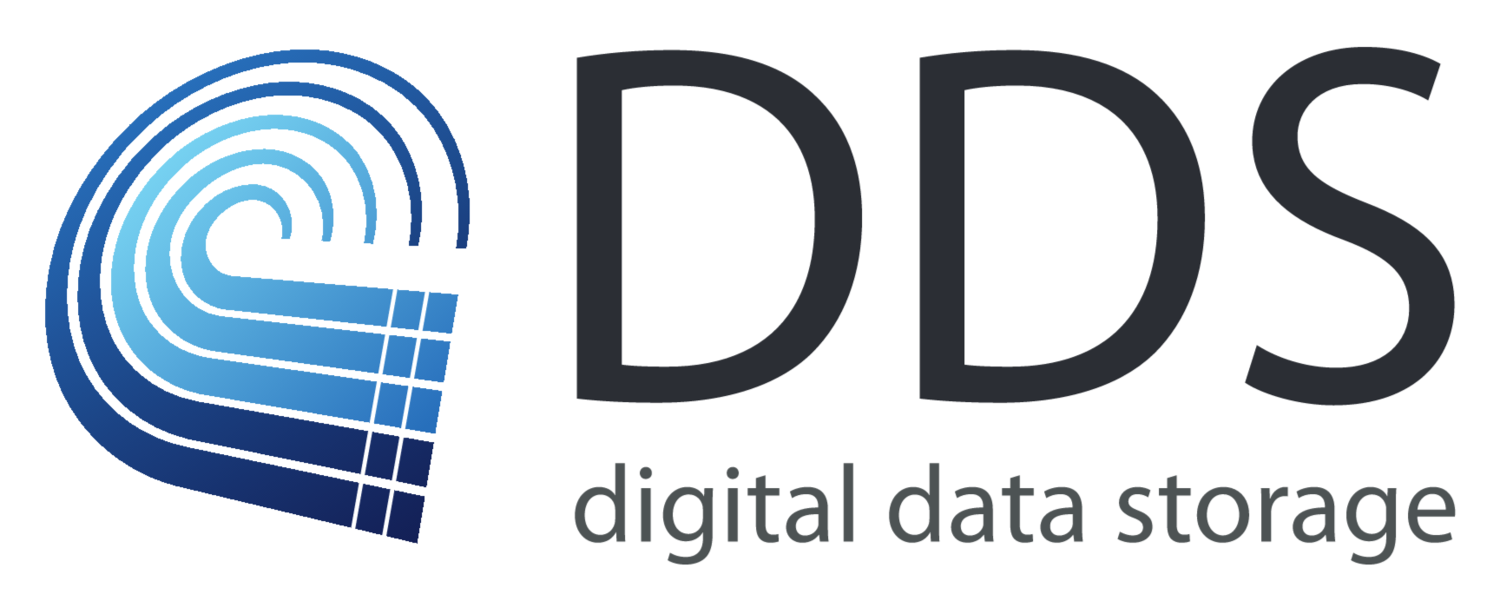Technology Overview
Since 2005 the DDS development has brought together some unique technologies to achieve its goals. Here we have asked our engineers to explain some of the technologies that go into DDS and how they have been used.
ARM
ARM is the technology behind cellphones. Virtually all cellphones are based around an ARM chip and today we have devices like Apple's iPod and iPad, Nintendo's DS, video players, HP printers and a vast array of other consumer items based around ARM technology.
In a nutshell, an ARM chip is like an Intel Pentium on AA batteries. The main CPU in the DDS provides plenty of processing power for the task at hand. Efficient software and clever hardware design do the rest.
The CPU inside the DDS uses less than a tenth of the power of the equivalent Intel CPU at the same performance level. Not only does it not need a fan or a heatsink, it in fact runs cold to the touch. If you put your finger on the chip it would be hard to tell whether it is operating or not.
The benefit of low power consumption is obvious in running cost. But perhaps more important is the reliability factor. Without constant heat output, and the resulting contraction and expansion, the DDS can operate in great extremes of temperature with 100% reliability. The CPU does not place large demands on power supply components. Overall the system is more reliable.
In fact, ARM technology is the key to the DDS's 10 year MTBF rating. The DDS can be installed safe in the knowledge that it will still be running without fault many years later.
FPGA
In legacy magnetic tape units the logic to drive data signals back and forth was mostly implemented directly in hardware. Huge power-hungry circuit boards provided the interfacing logic for Pertec and Kennedy drives. As technology advanced some units included a small microcontroller to help with this, and firmware was added to the units.
Each different tape drive included different logic circuit boards. Each was large and power-hungry. How does DDS support emulation of dozens of different models with a single design and with so little power consumption?
The answer is FPGA technology. FPGA stands for Field Programmable Logic Array and this is literally true. When you use the front panel to change the DDS from Pertec to SCSI, the DDS actually reprograms its FPGA to support the new interface. In effect, it is rewiring its internals to change the logic.
The FPGA in the DDS is very powerful, supporting a large amount of buffering and other functions. But the fundamental job is to permit emulation of a large variety of circuits with a very small amount of electronics.
NAND Flash / RAID Plus
From the beginning the DDS has made use of SLC industrial NAND flash. This ultra-reliable technology differs from the MLC flash used in SD cards and USB sticks in many ways. While SLC flash is many times the price of MLC, it has few of the drawbacks of MLC flash. Write endurance is much greater, lifetime is vastly longer and write disturbance (when writing data to one part of the chip corrupts data elsewhere) is rare.
DDS uses raw NAND Flash chips for its storage. DDS does not use SD cards, Compact Flash cards, USB sticks or SSDs, or any other kind of controller-based NAND Flash. This is because no one can know the performance and operation of these controllers in the field, particularly not for 5-10 years.
DDS employs proprietary algorithms to ensure 100% data reliability throughout the lifetime of the device. This is not possible with flash cards, which can fail and introduce errors in a relatively short duration of constant use.
The NAND Flash algorithms in DDS have been perfected over many years to maximise endurance and lifetime, minimise data corruption and ensure that errors uncorrected at the NAND flash layer (which are rare) are corrected at the RAID layer. By clever use of our own custom NAND flash control software we are able to ensure that no erroneous data is written or, or read from the device.
Regardless of the exchange activity, the DDS writes NAND flash in a continuous stream from the start to the end of the NAND chips. This is the ideal mode for NAND chips - the nirvana of perfect wear leveling. With it we can be sure that we obtain the maximum rated endurance of the NAND chips rather than the tiny faction obtained with imperfect algorithms.
The DDS NAND Flash system is the key to its legendary data integrity.
Other Technologies
Some other features include:
- DDS uses a Linux kernel with out own specific enhancements for telecoms use - the device is ready to run within 10 seconds of power on, and offer rock-solid software reliability
- DDS uses a full transaction and commit filesystem. In the event of power failure, the DDS may lose part of a block of data being written if it is part way through, but it will never corrupt the tape file
- To help with this, DDS includes a power failure detection circuit which supplies power in the event of sudden power loss - this allows the current operation to complete internally and helps to reduce the incidence of unwritten data
- Multi-threaded operation allows the tape interface to operate entirely independently of the display - this allows the unit to remain responsive to user input and the telephone exchange in all situations
- DDS is field-upgradable and can also be upgraded over the air; while it is unusual to want to upgrade the software after the device is installed, this is possible and can even be fully automated over a large network of DDS units
